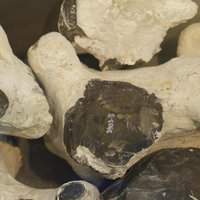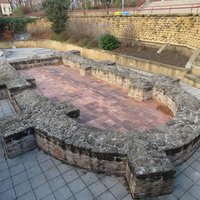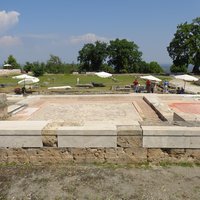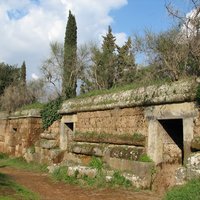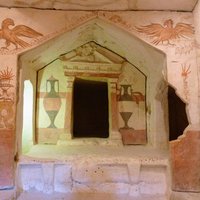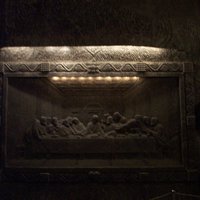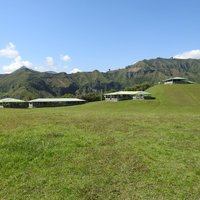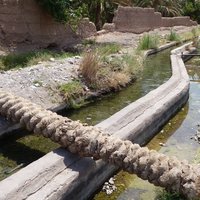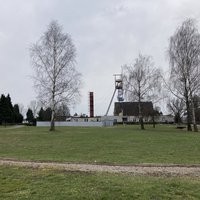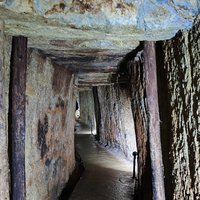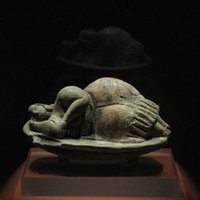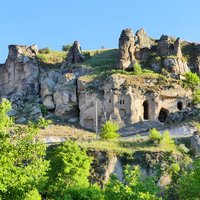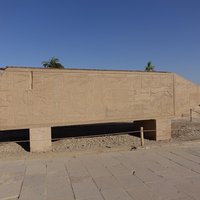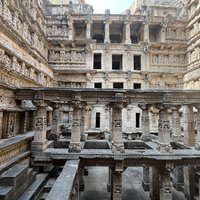Connected Sites
-
-
-
underground cellars
-
-
-
Part of the OUV are the wall paintings in the subterranean burial chambers of the Tarquinia necropolis.
-
-
-
-
A significant aspect of the Qanats OUV is the extent of the underground workings - including the longest Qaant in the world
-
"The largest part of the property is located underground, while above ground only a few surviving structures and features have been included in the nomination." (AB ev)
-
"the world’s pre-eminent example of underground Roman gold mining" (OUV)
-
"The serial property illustrates diverse underground prehistoric mining structures comprising open-pit, niche-gallery, gallery, pillar-chamber and chamber mines (...)" (OUV) – "The underground visitor route, accessed via shafts, gives unparalleled access to workings with a diversity and combination of attributes that have remained almost unchanged for over 5,000 years, providing an unforgettable experience and educational opportunity to explore, directly, the perfectly preserved material traces of everyday life of prehistoric European communities." (Nomination file, p. 180)
-
-
Subterranean city of Kaymakli, Subterranean city of Derinkuyu
-
Valley of the Kings
-
"a unique type of Indian subterranean architectural structure" (AB ev)

